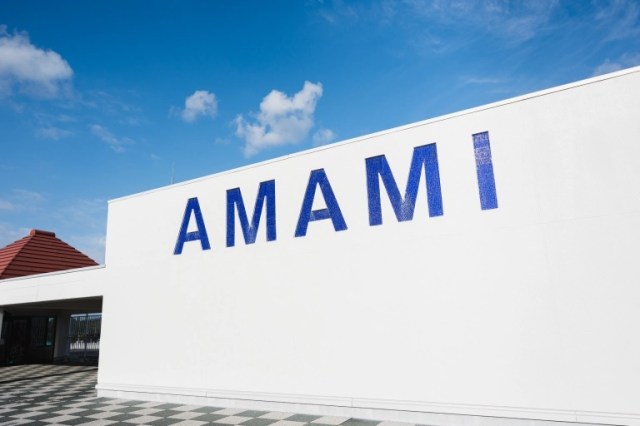
If you’ve been skipping Amami Oshima on your trips to Japan, you’ve been skipping a beautiful, uncrowded gem.
Kagoshima Prefecture is typically thought of as the southwestern corner of Japan’s southwestern island of Kyushu. However, Kagoshima also includes a number of islands that stretch even further away, with some being more than half-way to Okinawa.
Today, we’re headed to one of those islands: Amami Oshima.
▼ Amami Oshima
▼ Amami Oshima airport
We were invited to check out the island by the “Wide Area Administration Association of Amami Islands,” the local tourism promotion department. The highlight of our trip was to be a visit to the island’s mangrove forests, which conjured up primordial jungle imagery in our head, but things were surprisingly modern when we got out of the airport, with supermarkets, drug stores, and even a Family Mart convenience store not far away.
But as we hopped in our van and headed away from the airport, the scenery became increasingly lush…
…and before long, we were in a part of the island with such dense vegetation we weren’t sure we’d ever find our way back if we randomly wandered into it…
…and the view only got more beautiful once we reached the mangroves.
The trees grow in rivers and inlets where fresh and seawater mix, and we could see a meandering waterway in the middle of the forest we were approaching.
▼ The species of mangrove that grows on Amami Oshima is the bruguiera gymnorhiza, which you can tell from its flowers.
The mangroves are found in the Amami Gunto National Park Special Protection Zone, so you can’t just go traipsing off into the woods. Instead, we headed over to the Mangrove-kan (“Mangrove Building”)…
…which offers guided canoe tours.
Having zero canoe experience ourselves, we were sort of apprehensive about hopping into one. After a brief, five-minute safety and operation lecture, though, our group was on its way, and we quickly became accustomed to the rhythm of paddling our oars and gasping at the lovely landscape.
As we mentioned above, the mangroves grow in a mix of fresh and saltwater, and sometimes visitors will even encounter sea turtles while on the tour (we, unfortunately, weren’t lucky enough to, but a group that went out before us that day did). Tours are priced at 2,000 yen (US$15) and leave every 90 minutes between 10 a.m. and 4 p.m.
▼ A 360-degree view of part of the canoe route
By the way, if you’re looking for lunch at someplace with plenty of local flavor, near the Mangrove-kan is the restaurant Tsumugi-an. We treated ourselves to the 1,850-yen (US$14) manpuku (“full stomach”) set and stuffed ourselves with soba noodles, stewed pork, karaage fried chicken, tempura, and rice.
When night fell, instead of turning in early, we headed out once again for a special wildlife spotting tour.
To access this section of road after dark, visitors are required to make an advance reservation (which can be done online here). You also have to stay in your car and stay under a speed of 10 kilometers (6.2 miles) per hour.
But if you do all that…
…you’ve got a good chance of seeing the Amami no Kurousagi, or Amami Black Rabbit, a protected, and adorable, species.
Because of its geographic location, Amami Oshima often gets skipped over by travelers heading from the rest of Japan to further south in Okinawa. It’s a beautiful and unique place, though, so if you’re looking for something off the beaten path, it’s worth putting on your Japan travel itinerary.
Related: Amami Oshima Mangrove Park, Tsumugi-an
Photos © SoraNews24
● Want to hear about SoraNews24’s latest articles as soon as they’re published? Follow us on Facebook and Twitter!
[ Read in Japanese ]

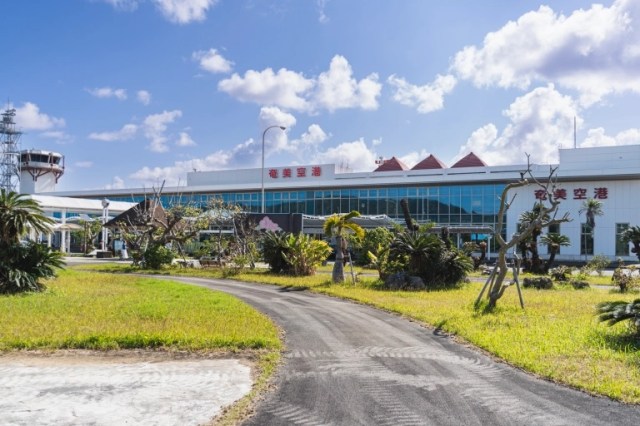
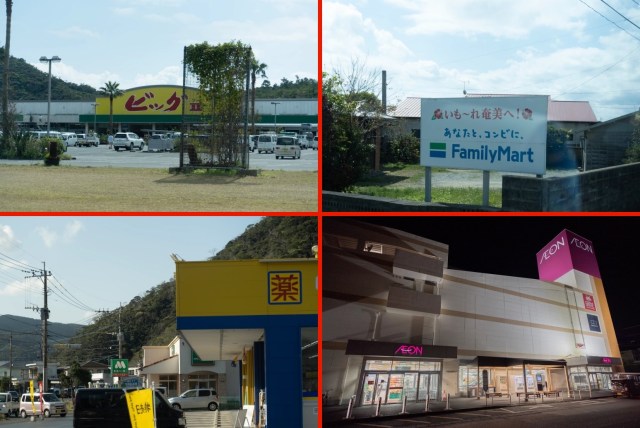
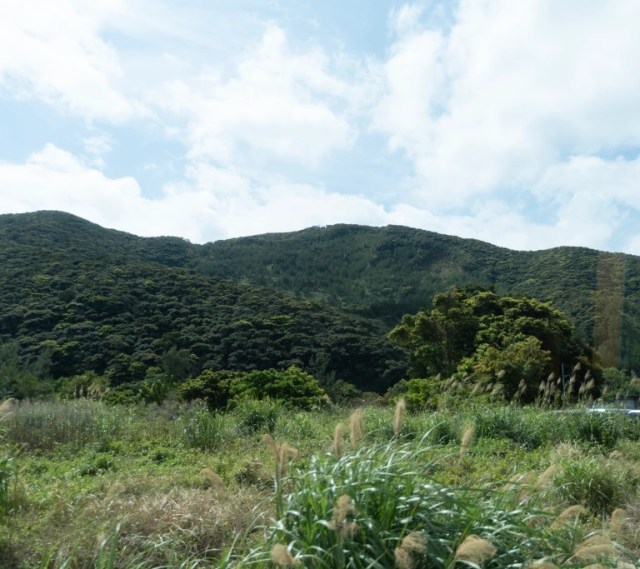
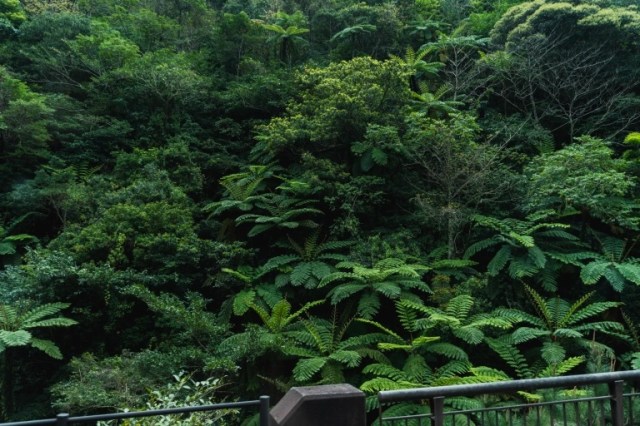

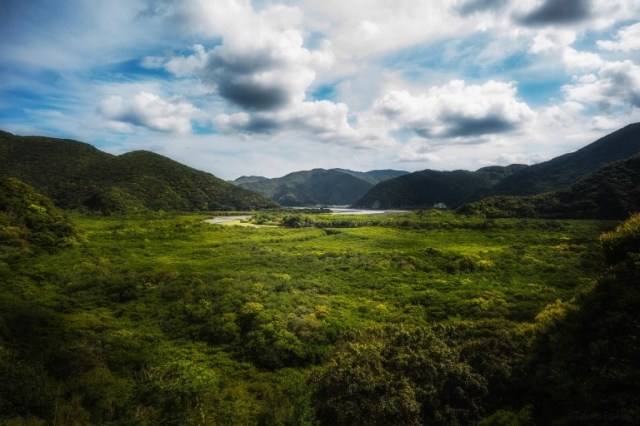
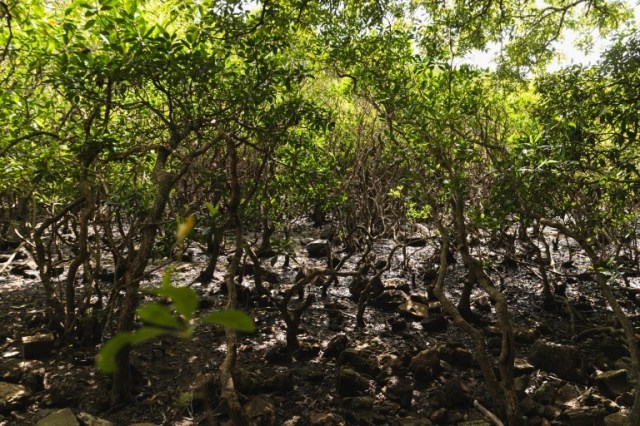
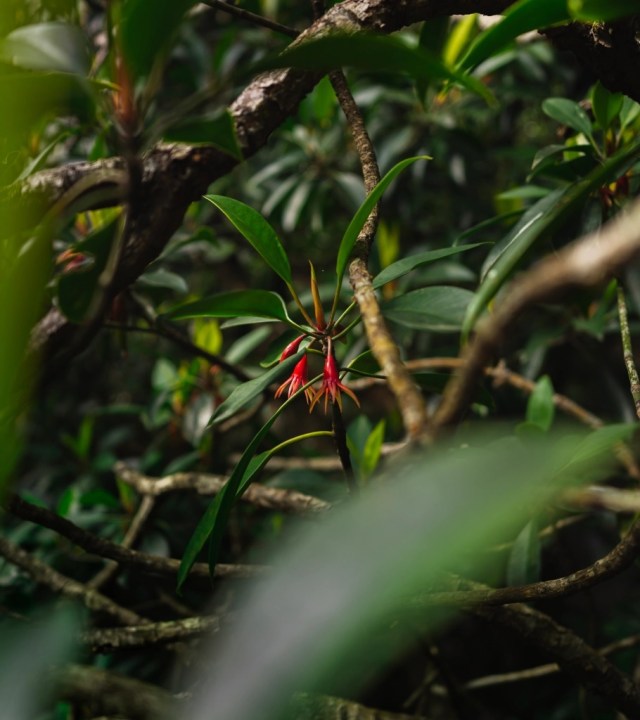
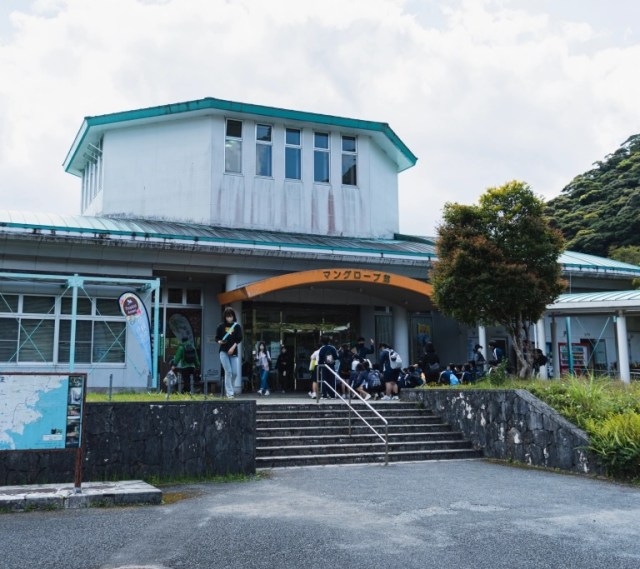
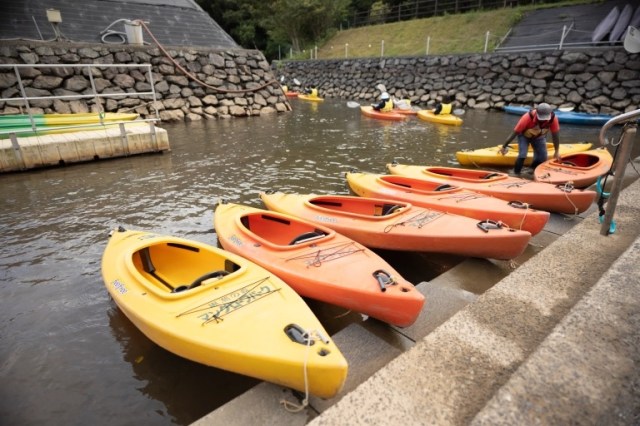
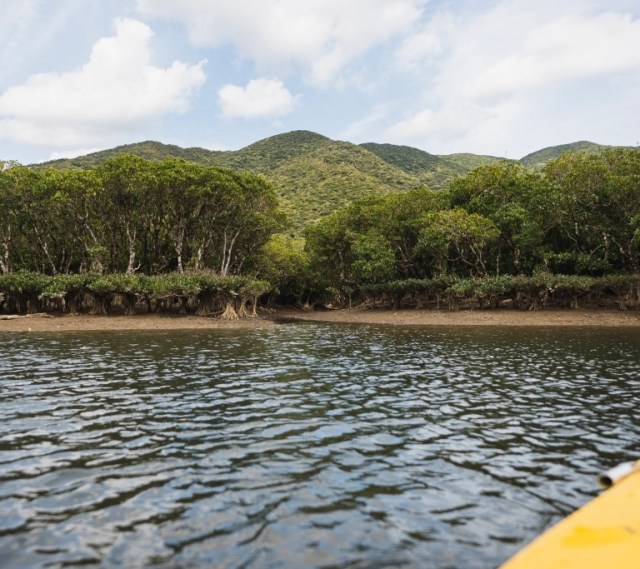
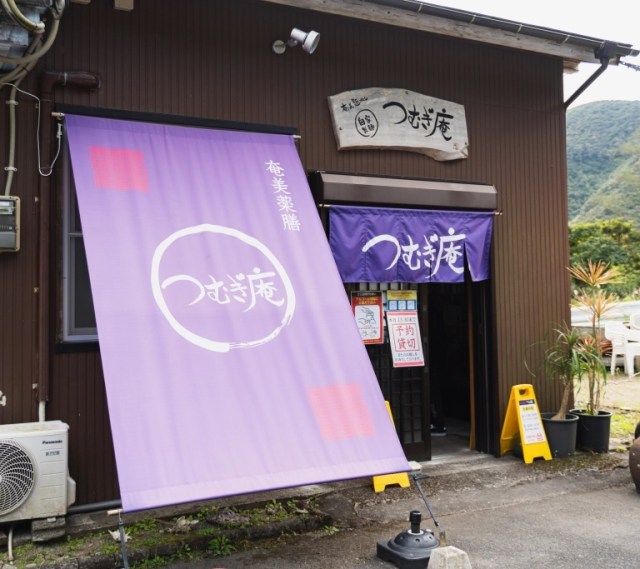
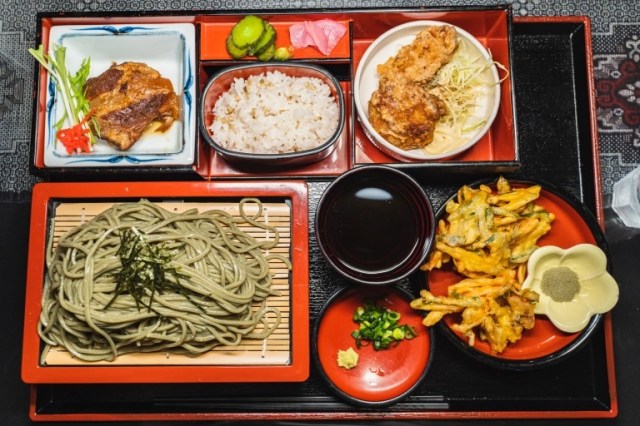
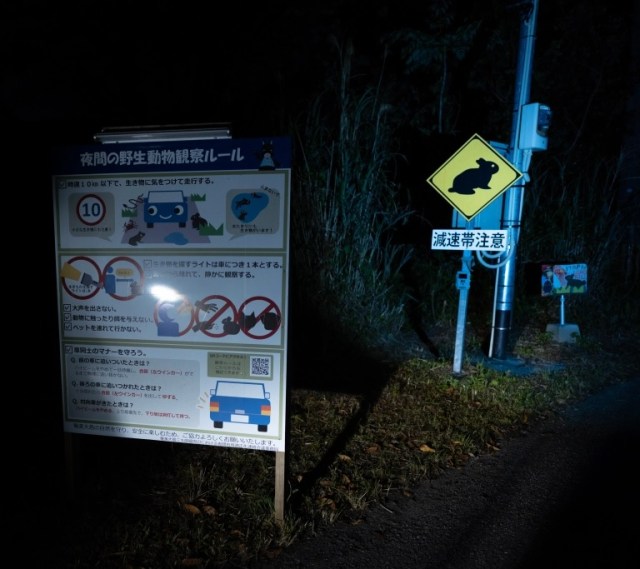
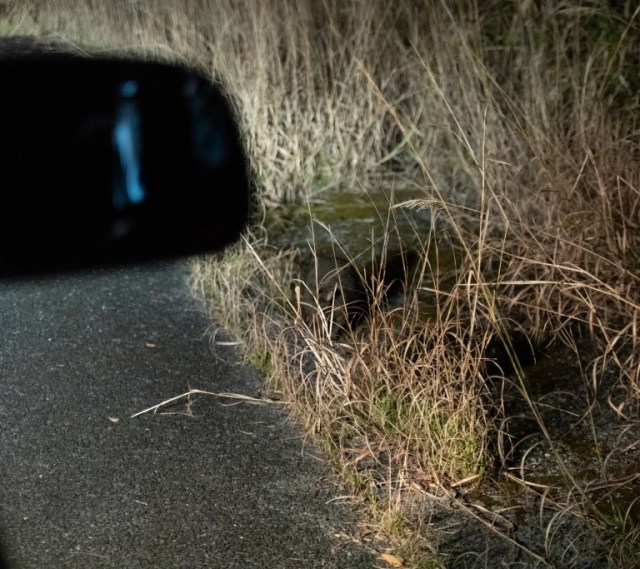
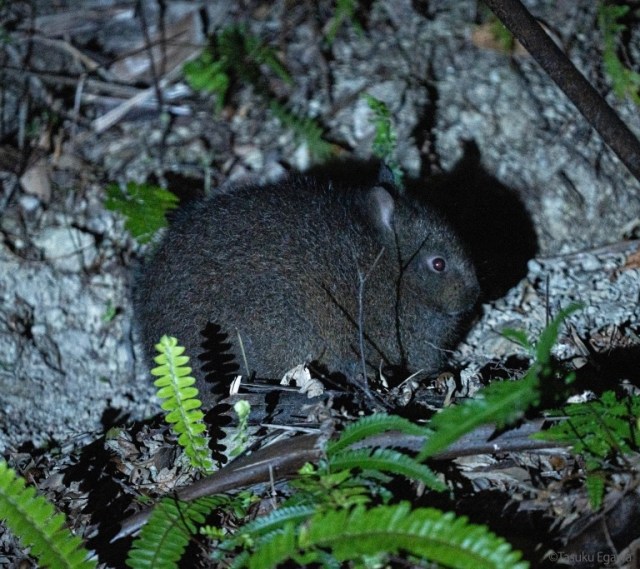
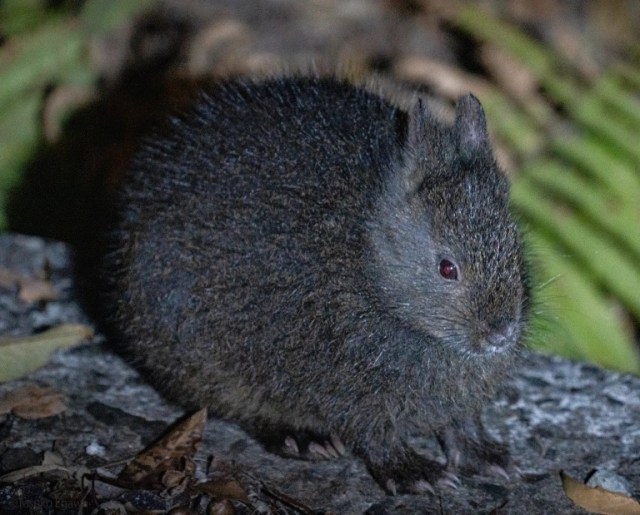
 What if we told you this badly Photoshopped image isn’t Photoshopped at all?
What if we told you this badly Photoshopped image isn’t Photoshopped at all? Daily Yamazaki convenience store’s “Flying in the Sky Donuts” are competition for Mister Donut
Daily Yamazaki convenience store’s “Flying in the Sky Donuts” are competition for Mister Donut Japanese gacha capsule vending machines now sell random-destination airplane ticket discounts
Japanese gacha capsule vending machines now sell random-destination airplane ticket discounts Samurai Studio: Tokyo’s new photo studio where you can get your picture taken in samurai armor
Samurai Studio: Tokyo’s new photo studio where you can get your picture taken in samurai armor Japanese resort travel company is offering exciting “revenge” graduation trips
Japanese resort travel company is offering exciting “revenge” graduation trips McDonald’s new Happy Meals offer up cute and practical Sanrio lifestyle goods
McDonald’s new Happy Meals offer up cute and practical Sanrio lifestyle goods All-you-can-drink Starbucks and amazing views part of Tokyo’s new 170 meter-high sky lounge
All-you-can-drink Starbucks and amazing views part of Tokyo’s new 170 meter-high sky lounge Starbucks reopens at Shibuya Scramble Crossing with new look and design concept
Starbucks reopens at Shibuya Scramble Crossing with new look and design concept Beautiful Sailor Moon manhole cover coasters being given out for free by Tokyo tourist center
Beautiful Sailor Moon manhole cover coasters being given out for free by Tokyo tourist center More foreign tourists than ever before in history visited Japan last month
More foreign tourists than ever before in history visited Japan last month Hamster abandoned at Tokyo ramen restaurant gets new home
Hamster abandoned at Tokyo ramen restaurant gets new home Disney princesses get official manga makeovers for Manga Princess Cafe opening in Tokyo
Disney princesses get official manga makeovers for Manga Princess Cafe opening in Tokyo Mister Donut ready to make hojicha dreams come true in latest collab with Kyoto tea merchant
Mister Donut ready to make hojicha dreams come true in latest collab with Kyoto tea merchant Foreigners can now apply for visas to visit fiancés living in Japan
Foreigners can now apply for visas to visit fiancés living in Japan Mint Pepsi for Yakisoba is coming to Japan, and we got to taste it before it goes on sale
Mint Pepsi for Yakisoba is coming to Japan, and we got to taste it before it goes on sale We try out “Chan Ramen”, an underground type of ramen popular in the ramen community
We try out “Chan Ramen”, an underground type of ramen popular in the ramen community Beautiful new Final Fantasy T-shirt collection on the way from Uniqlo【Photos】
Beautiful new Final Fantasy T-shirt collection on the way from Uniqlo【Photos】 Foreign English teachers in Japan pick their favorite Japanese-language phrases【Survey】
Foreign English teachers in Japan pick their favorite Japanese-language phrases【Survey】 Is the new Shinkansen Train Desk ticket worth it?
Is the new Shinkansen Train Desk ticket worth it? There’s a park inside Japan where you can also see Japan inside the park
There’s a park inside Japan where you can also see Japan inside the park Japanese convenience store packs a whole bento into an onigiri rice ball
Japanese convenience store packs a whole bento into an onigiri rice ball Studio Ghibli releases Kiki’s Delivery Service chocolate cake pouches in Japan
Studio Ghibli releases Kiki’s Delivery Service chocolate cake pouches in Japan Japan’s bone-breaking and record-breaking roller coaster is permanently shutting down
Japan’s bone-breaking and record-breaking roller coaster is permanently shutting down New definition of “Japanese whiskey” goes into effect to prevent fakes from fooling overseas buyers
New definition of “Japanese whiskey” goes into effect to prevent fakes from fooling overseas buyers Foreign passenger shoves conductor on one of the last full runs for Japan’s Thunderbird train
Foreign passenger shoves conductor on one of the last full runs for Japan’s Thunderbird train Our Japanese reporter visits Costco in the U.S., finds super American and very Japanese things
Our Japanese reporter visits Costco in the U.S., finds super American and very Japanese things Kyoto bans tourists from geisha alleys in Gion, with fines for those who don’t follow rules
Kyoto bans tourists from geisha alleys in Gion, with fines for those who don’t follow rules Studio Ghibli unveils Mother’s Day gift set that captures the love in My Neighbour Totoro
Studio Ghibli unveils Mother’s Day gift set that captures the love in My Neighbour Totoro Domino’s Japan now sells…pizza ears?
Domino’s Japan now sells…pizza ears? New Japanese KitKat flavour stars Sanrio characters, including Hello Kitty
New Japanese KitKat flavour stars Sanrio characters, including Hello Kitty Sales of Japan’s most convenient train ticket/shopping payment cards suspended indefinitely
Sales of Japan’s most convenient train ticket/shopping payment cards suspended indefinitely Sold-out Studio Ghibli desktop humidifiers are back so Totoro can help you through the dry season
Sold-out Studio Ghibli desktop humidifiers are back so Totoro can help you through the dry season Japanese government to make first change to romanization spelling rules since the 1950s
Japanese government to make first change to romanization spelling rules since the 1950s Ghibli founders Toshio Suzuki and Hayao Miyazaki contribute to Japanese whisky Totoro label design
Ghibli founders Toshio Suzuki and Hayao Miyazaki contribute to Japanese whisky Totoro label design Doraemon found buried at sea as scene from 1993 anime becomes real life【Photos】
Doraemon found buried at sea as scene from 1993 anime becomes real life【Photos】 Tokyo’s most famous Starbucks is closed
Tokyo’s most famous Starbucks is closed One Piece characters’ nationalities revealed, but fans have mixed opinions
One Piece characters’ nationalities revealed, but fans have mixed opinions We asked a Uniqlo employee what four things we should buy and their suggestions didn’t disappoint
We asked a Uniqlo employee what four things we should buy and their suggestions didn’t disappoint Princesses, fruits, and blacksmiths: Study reveals the 30 most unusual family names in Japan
Princesses, fruits, and blacksmiths: Study reveals the 30 most unusual family names in Japan Studio Ghibli’s new desktop Howl’s Moving Castle will take your stationery on an adventure
Studio Ghibli’s new desktop Howl’s Moving Castle will take your stationery on an adventure Where will you go this summer? Here are the top 10 Japanese swimming spots with the nicest water
Where will you go this summer? Here are the top 10 Japanese swimming spots with the nicest water Shippers rejoice! 10,000 anime fans pick their favorite same-sex pairings
Shippers rejoice! 10,000 anime fans pick their favorite same-sex pairings Tokyo Station lists departing train’s destination as…New York?!
Tokyo Station lists departing train’s destination as…New York?! Take a look at Tsunoshima Ōhashi, one of the most beautiful bridges in Japan! 【Pics】
Take a look at Tsunoshima Ōhashi, one of the most beautiful bridges in Japan! 【Pics】 Studio Ghibli theme park: New details include official park logo drawn by director Hayao Miyazaki
Studio Ghibli theme park: New details include official park logo drawn by director Hayao Miyazaki Leader of political party that refuses to pay NHK ordered to pay NHK
Leader of political party that refuses to pay NHK ordered to pay NHK Haneda Airport’s new rice ball stand — Sister shop Tokyo’s best out-of-the-way onigiri spot
Haneda Airport’s new rice ball stand — Sister shop Tokyo’s best out-of-the-way onigiri spot Joker in the running for Chiba Gubernatorial Election
Joker in the running for Chiba Gubernatorial Election Strong earthquake hits Hokkaido in Japan, dozens missing and injured
Strong earthquake hits Hokkaido in Japan, dozens missing and injured Samurai tennis! Professional Kei Nishikori trades racquet for a sword in this awesome new ad
Samurai tennis! Professional Kei Nishikori trades racquet for a sword in this awesome new ad Melon topped with ice cream: two great Hokkaido tastes in one crazily delicious package
Melon topped with ice cream: two great Hokkaido tastes in one crazily delicious package Slow News Day Special: We cook pasta with Tokyo Bay seawater
Slow News Day Special: We cook pasta with Tokyo Bay seawater Why are people moving in droves to Fukuoka Prefecture? We asked someone who did for some insight
Why are people moving in droves to Fukuoka Prefecture? We asked someone who did for some insight New Japanese vending machines to love: The ones that sell Hiroshima’s best dessert!
New Japanese vending machines to love: The ones that sell Hiroshima’s best dessert! Yokohama Air Cabin: A new futuristic ropeway in the middle of the city
Yokohama Air Cabin: A new futuristic ropeway in the middle of the city
Leave a Reply